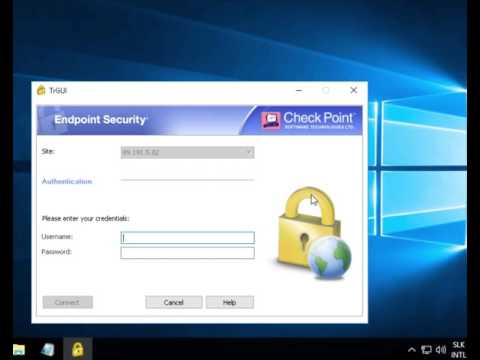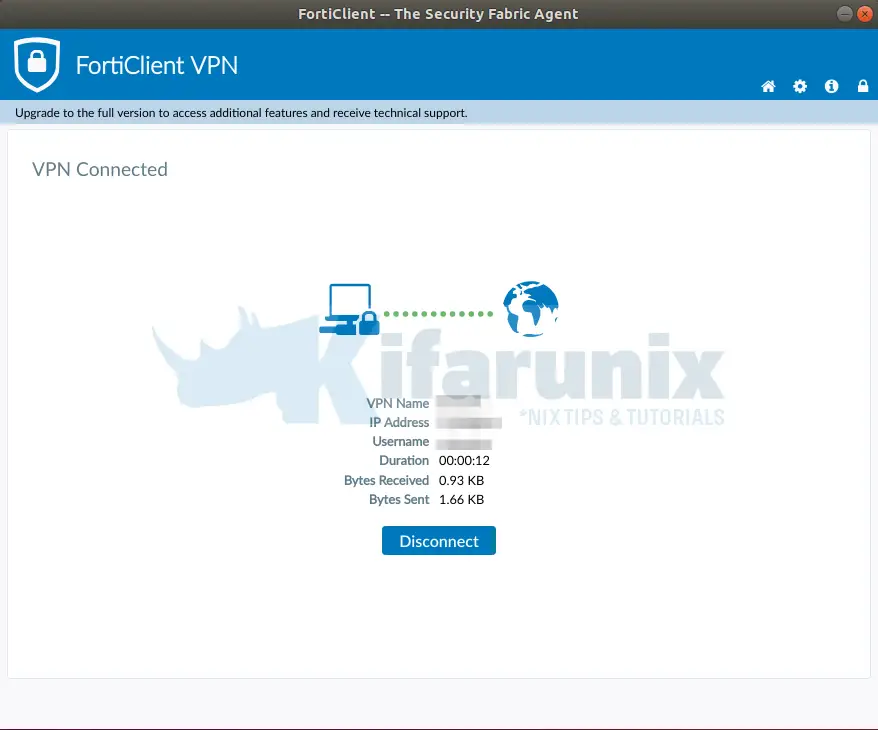

- #UBUNTU FORTINET VPN CLIENT INSTALL#
- #UBUNTU FORTINET VPN CLIENT UPDATE#
- #UBUNTU FORTINET VPN CLIENT SOFTWARE#
- #UBUNTU FORTINET VPN CLIENT WINDOWS#
#UBUNTU FORTINET VPN CLIENT WINDOWS#
As of this writing, the management GUI is included with the Windows binary installer.
#UBUNTU FORTINET VPN CLIENT INSTALL#
Instead of downloading manually, if you have brew set up on MacOS this is as easy as:īrew cask install tunnelblick OpenVPN with GUI for Winįirst download and install the latest OpenVPN Windows Installer. Then put your client.ovpn config file together with the certificates and keys in /Users/username/Library/Application Support/Tunnelblick/Configurations/ and lauch Tunnelblick from your Application folder. It also is recommended by upstream which would have a alternative on their own Download the latest OS X installer from there and install it.

comp-lzo), dev tap, or other special settings you set on the server. Use the advanced button to enable compression (e.g. In the next window add the OpenVPN’s server name as the ‘Gateway’, set ‘Type’ to ‘Certificates (TLS)’, point ‘User Certificate’ to your user certificate, ‘CA Certificate’ to your CA certificate and ‘Private Key’ to your private key file. Select OpenVPN as the VPN type in the opening requester and press ‘Create’. Open the Network Manager GUI, select the VPN tab and then the ‘Add’ button. It is the default, but if in doubt make sure you have package network-manager-openvpn installed. Many Linux distributions including Ubuntu desktop variants come with Network Manager, a nice GUI to configure your network settings.
#UBUNTU FORTINET VPN CLIENT SOFTWARE#
VPN Client software implementations Linux Network-Manager GUI for OpenVPN Multi-node Configuration with Docker-Compose.Just replace with your vpn profile name and with your Linux username. For example: sudo /usr/bin/openfortigui –start-vpn –vpn-name –main-config ‘/home//.openfortigui/nf’ You can also start a VPN connection on terminal and so use gdb. OpenFortiGUI spawns new processes for every VPN connection profile. qmake openfortigui-project.pro -spec linux-g++ CONFIG+=debug CONFIG+=qml_debug & /usr/bin/make -j4.If you want to help debugging please follow the next steps to produce a debug binary.
#UBUNTU FORTINET VPN CLIENT UPDATE#
cd openfortigui & git submodule init & git submodule update.Install DEV-tools (on Ubuntu: build-essential, qt5-default, libssl-dev, qt5keychain-dev).You can also use our apt mirror, for instructions see: Īvailable packages on our apt mirror: openfortigui and openfortigui-runner

Info: Since version OpenFortiGUI 0.5.0 there is libqt5keychain1 >=0.7.0 required which is not included in default Ubuntu distro, best you use our Apt mirror Prebuild packages are available for following Distros:



 0 kommentar(er)
0 kommentar(er)
